Opinion
What Are the 10 Best Works of Art in New York Museums? Let the Debate Begin
Our critic winnows the best from the rest.
Our critic winnows the best from the rest.
Christian Viveros-Fauné

It’s Presidents’ Day weekend, and New York museums are open, so rather than celebrating our nation’s leaders by shopping, why not honor them by appreciating the finest offerings of New York’s museums? Paris has the Louvre and Madrid has the Prado, but New York still has the greatest collection of museums in the world. artnet News critic Christian Viveros-Fauné considers the city’s embarrassment of riches and picks his absolute favorites: the top 10 best works of art in New York museums. If you had to pick, what artworks would make your top 10?
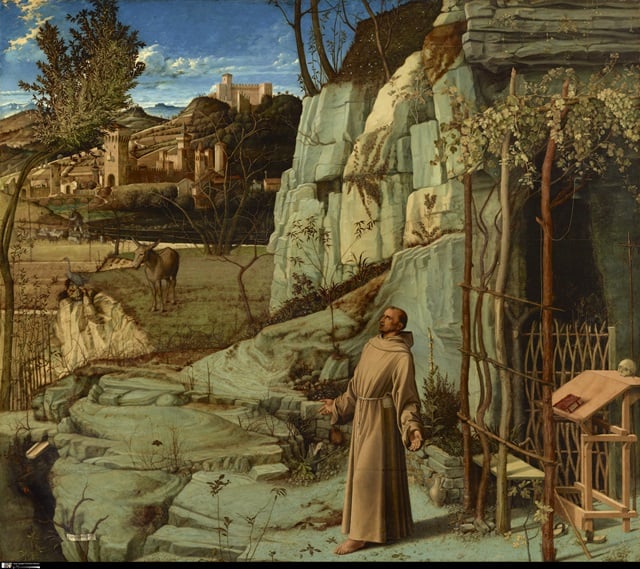
Giovanni Bellini, St. Francis in the Desert
1. St. Francis in the Desert, Giovanni Bellini, The Frick Collection
A vision of rapturous ecstasy if ever there was one, this painting is one of the greatest Renaissance gems to be found anywhere. Produced when Bellini was in his 40s, it depicts the visionary St. Francis not in the desert, but in central Italy, in the springtime. Surrounded by birds, grazing animals, and plenty of vegetation, the Saint looks skyward, arms spread wide, eyes tumbling into the back of his head. About this character Marvin Gaye might have said: His life was a natural high, the Man couldn’t put no thing on him.
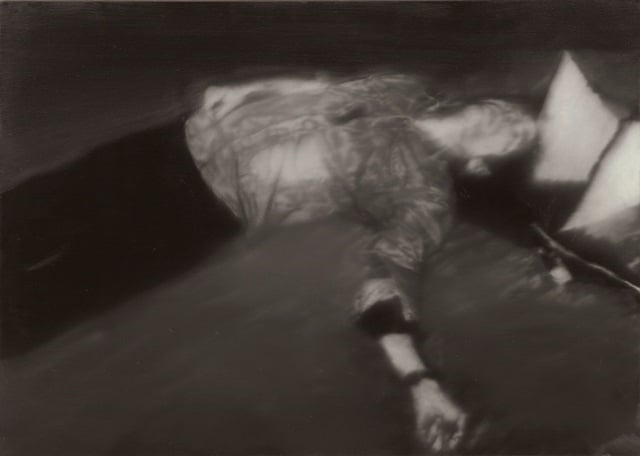
Gerhard Richter, October 18, 1977
2. October 18, 1977, Gerhard Richter, MoMA
A sequence of 15 gray-toned paintings based on photographs of the Baader-Meinhof gang, the violent left-wing group that terrorized Europe in the 1970s, these canvases make up the 20th century’s greatest cycle of history paintings. If the blur is Richter’s contribution to oil painting, then this suite is his masterpiece. Smudged, rear-view mirror views of a multiple murder-suicide, these intensely empathetic works sharply outline a basic human truth. Life isn’t black and white, it’s black and gray.

Paul Cézanne, The Card Players, 1890–92
3. The Card Players, Paul Cézanne, Metropolitan Museum of Art
One of five genre paintings Cézanne turned into a treatise about how painting is a way of seeing, The Card Players is one of the most language-resistant pictures of the modern age. See my pal Blake Gopnik and me try to talk through this work’s sister painting at Philadelphia’s Barnes Foundation in our latest “Strictly Critical” video (see We Spend One Hour Looking at Paul Cézanne’s The Card Players at Philadelphia’s Barnes Foundation).
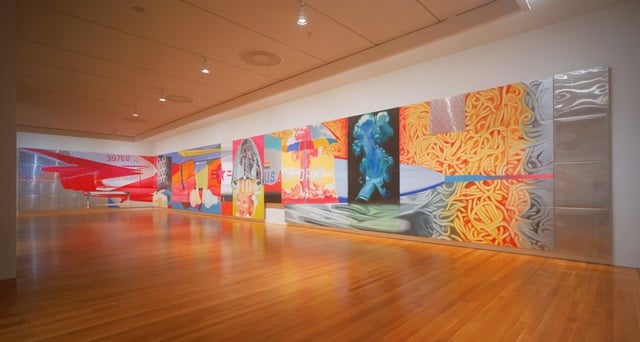
James Rosenquist, F-111
4. F-111, James Rosenquist, MoMA
An 86-foot-long painting the artist originally designed to encompass the walls of Leo Castelli’s gallery, Rosenquist’s wide-ranging panorama of images successfully mimics both 1960s advances in wide-screen movie theater technology—like Panavision and Cinemascope—and Monet’s mural-sized Water Lilies. An indictment of the clash-and-carry culture that brought us the Vietnam War and Chef Boyardee, the painting depicts a fighter plane colliding with consumer products and advertising imagery.
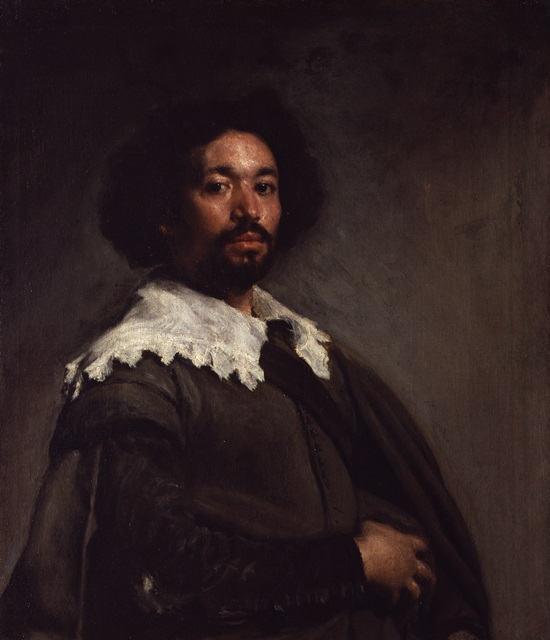
Diego Rodríguez de Silva y Velázquez, Juan de Pareja, 1650
5. Juan de Pareja, Diego Velázquez, Metropolitan Museum of Art
One of the Spanish master’s most brilliant paintings is of a black man. An informal-looking portrait of the artist’s longtime Afro-Iberian assistant, this canvas served as a warmup to Velázquez’s capturing the likeness of Pope Innocent X. When the painting was exhibited along with more conventional subjects, experts commended it by saying that “the other pictures in the show were art but this one alone was ‘truth.’”

Pablo Picasso, Les Demoiselles d’Avignon
6. Les Demoiselles D’Avignon, Pablo Picasso, MoMA
The painting that launched a thousand modernist experiments, Picasso’s most famous work depicts five naked women with jagged figures and Halloween masks for faces. The contorted space the figures inhabit resembles an explosion in an abbatoir. Named after a brothel on Barcelona’s Carrer D’Avigno, the picture today could be titled something equally streetwise. How about “All the Single Ladies”?

Diane Arbus, A Young Man in Curlers at Home on West 20th Street, N.Y.C. (1966).
Photo: Flickr/Greates Paka Photography.
7. A Young Man in Curlers at Home on West 20th Street, N.Y.C., Diane Arbus, Metropolitan Museum of Art
A black-and-white photo of a hatched-faced cross-dresser, the photo typifies Arbus’s photographic encounters with strangeness. An artist who took her camera into prisons, nudist camps, psychiatric hospitals, and institutions for the mentally ill during the 1950s and ’60s, she was right in saying, “I really believe there are things which nobody would see unless I photographed them.” Among other artists, Nan Goldin and Cindy Sherman simply would not exist without Arbus.
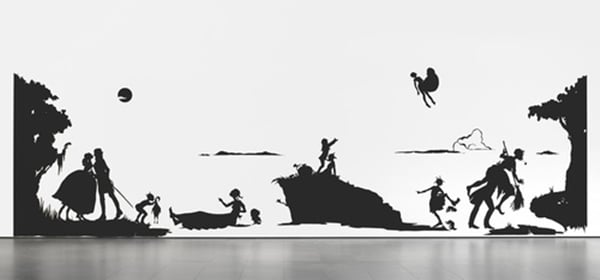
Kara Walker, Gone, An Historical Romance of Civil War As it Occurred Between the Dusky Thighs of Young Negress and Her Heart (1994).
Photo: MoMA.org
8. Gone, An Historical Romance of a Civil War As it Occurred b’tween the Dusky Thighs of Young Negress and Her Heart, Kara Walker, MoMA
The artist’s 1994 debut installation, this mural-sized work still shocks by its ability to do so much with so little. Black cut-paper silhouettes that depict a daisy chain of bigoted degradation, Walker’s figures thump official Northern narratives of slavery, Southern mythmaking, and America’s cussed love affair with ethnic stereotypes. The work’s natural point of comparison is Goya’s “Caprichos.”
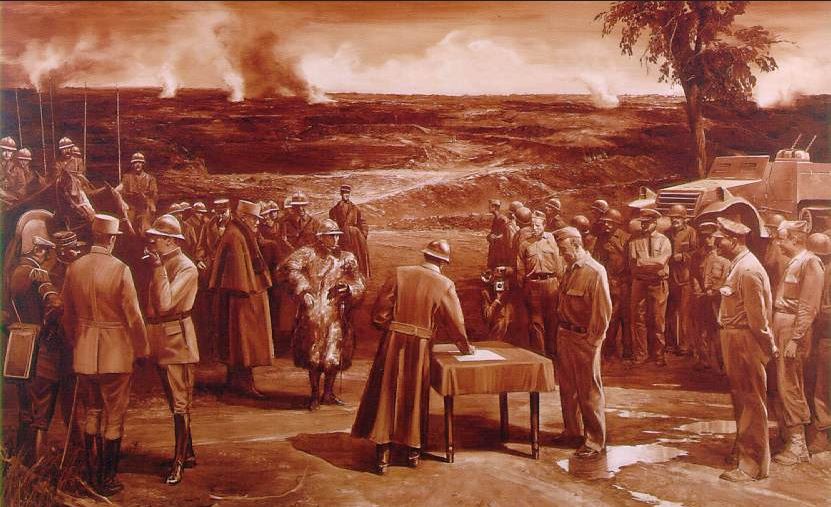
Mark Tansey, The Triumph of the New York School (1984).
Photo: Flickr/Gunter Stephan.
9. The Triumph of the New York School, Mark Tansey, Whitney Museum of American Art
An archly monochrome rendering of the capitulation of the School of Paris to the New York School via Velázquez’s “Surrender at Breda,” Tansey’s 1984 picture is an underappreciated gem of refractory analogical painting. It’s funny, insightful, and red as Mars, and in it, the artist entertains visual and linguistic conundrums like a modern-day Magritte. This may be the world’s finest example of painting as art history.

John Bennett, Gustavo Bonevardi, Richard Nash could, Julian Laverdiere, Paul Myoda, and Paul Marantz, Tribute in Light (2002).
Photo: Wikipedia.
10. Tribute in Light, National September 11 Memorial and Museum
First presented on March 11, 2002, six months after the 9/11 attacks, this memorial is arguably the world’s greatest work of public sculpture. Made up of eighty-eight 7,000-watt xenon light bulbs positioned in two 48-foot squares, the sculpture’s twin beams echo the shape and orientation of the Twin Towers. Conceived by artists and designers John Bennett, Gustavo Bonevardi, Richard Nash Gould, Julian Laverdiere, Paul Myoda and Paul Marantz, Tribute in Light shines brightly, from dusk on September 11 through dawn of the next day. Only one thing could improve its commemorative power: making it permanent.